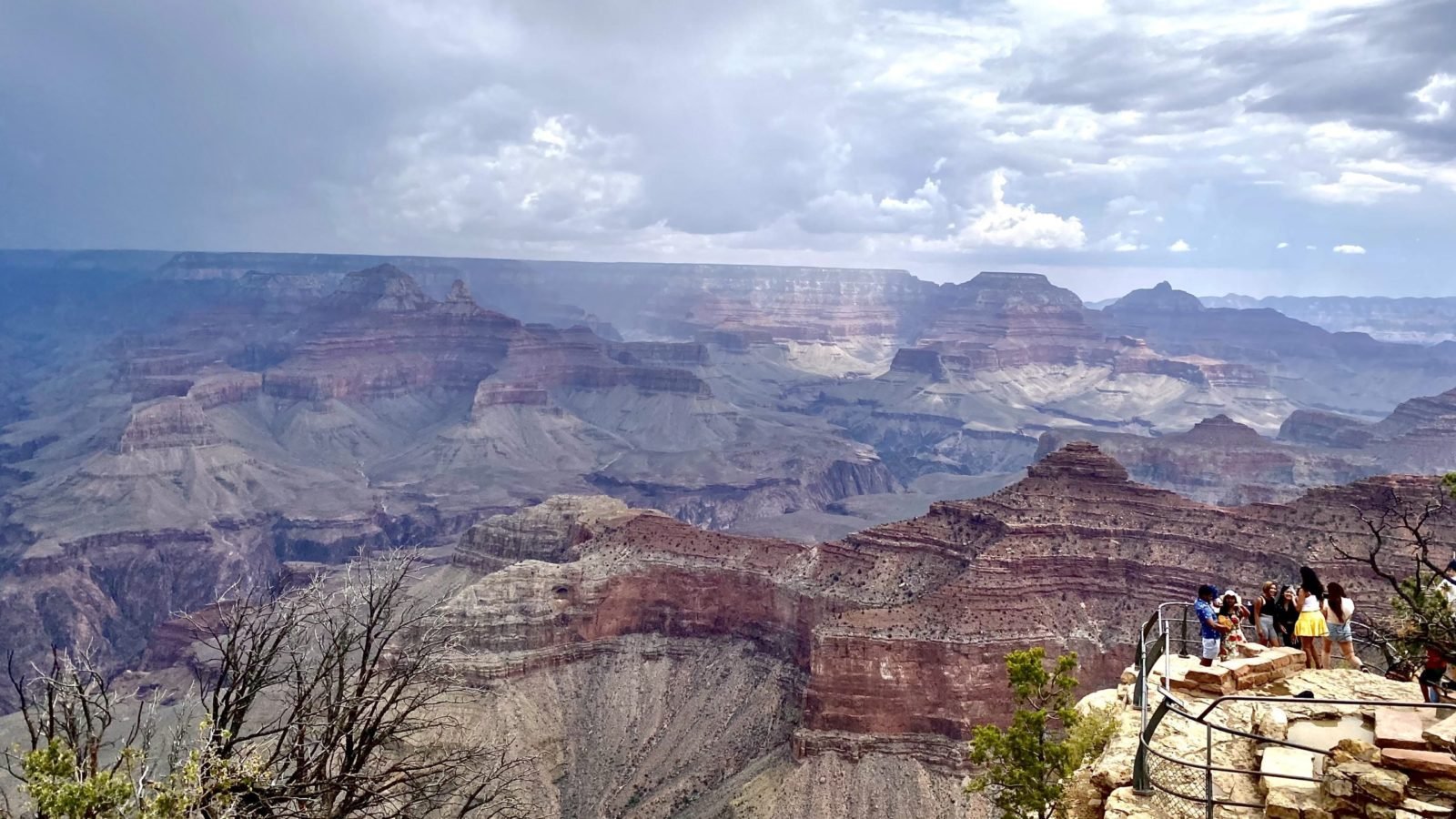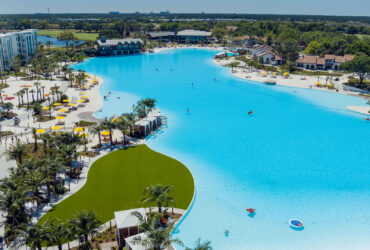The Grand Canyon is a story not only of geology but also Native American history, and is worth a several-days-long trip. To make the most of a family visit, and help you decide which things to do at the Grand Canyon, you’ll want to understand both its history and the ways to visit.
Encompassing seven life zones, five ecosystems within million acres, Grand Canyon National Park is home to more than 2,000 species of plants, birds, mammals, amphibians, and fish and has had human inhabitants for 13,000 years. Here’s an overview of the national park and its surroundings to help you plan things to do at the Grand Canyon with kids.
Kid Explainer: How the Grand Canyon Was Formed
The tale of the canyon you see today begins almost two billion years ago with the formation of the igneous and metamorphic rocks that make up the canyon. Above these sit layers of sedimentary rock through which the canyon has eventually been eroded by the Colorado River.
DON’T MISS: 7 Iconic U.S. Attractions Kids Should See Before They Grow Up
Plate tectonics led to the uplift of the Colorado Plateau sometime between 30 and 70 million years ago. Then, five to six million years ago, the Colorado River and its tributaries began to carve the ever-widening canyon, as they continue to do today. The National Parks Service describes the flow of the river this way: “During a flood, the increased volume of water can flow at a rate of 300,000 cubic feet per second (cfs). Imagine 300,000 basketballs, each about the size of a cubic foot, barreling past you each second!” What an image!
Indigenous Tribes of the Grand Canyon
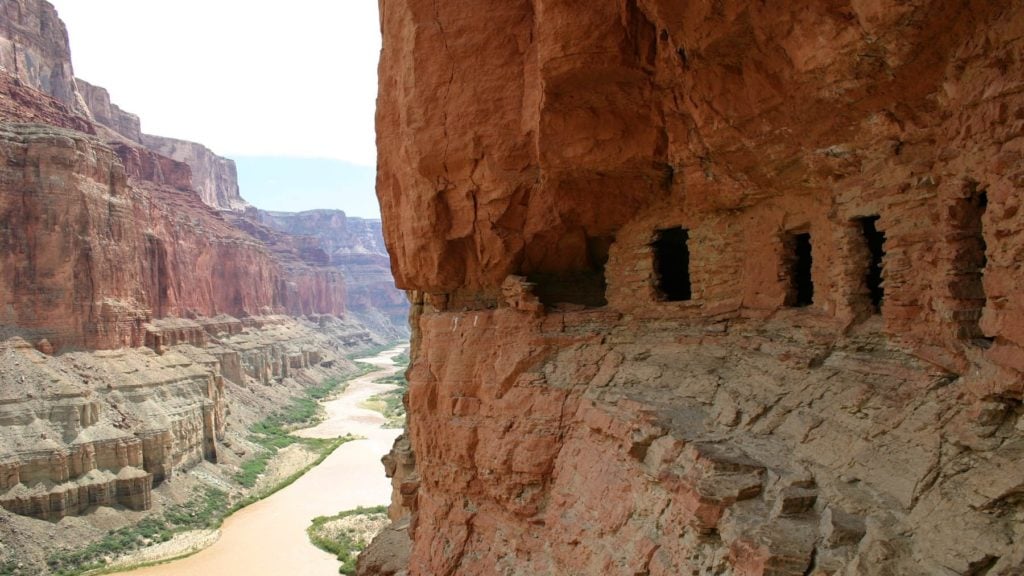
The first inhabitants of the land that came to be known as Grand Canyon National Park made up the indigenous tribes whose descendants continue to care for and maintain connection to the land. Native people continue to have deep cultural connection to the canyon and surrounding land, support federal land managers in stewardship, and provide invaluable insight to visitors about their cultural practices. Visitors can learn about this history through cultural demonstrations (in video format during Covid) and at the newly renovated Desert View Inter-tribal Cultural Heritage Site.
North vs South Rim
Ninety percent of Grand Canyon visitors head to the South Rim Entrance for the view, however, 400 miles of historic back-country trails lead into the canyon, and from May to September, the North Entrance gives a fresh perspective.
BLISTER FREE: 10 Comfortable Travel Shoes That Can Handle a Full Day of Walking
Even though the average distance across the canyon is only 10 miles, travelers should note that it takes five hours to drive the 215 miles between the park’s South Rim Village and the North Rim Village, and the North Rim is closed October through April. To make the trek on foot, the Rim-to-Rim hike is 21 miles with a vertical descent then climb of one mile. This should only be undertaken as a carefully-planned overnight hike and should be avoided in the hot summer months.
South Rim Grand Canyon

More accessible than the North Rim, the South Rim is also predictably more crowded, particularly during spring and summer. At the South Entrance, many seek out The Skywalk, managed by the Hualapai Tribe and located on tribal lands. This steel-framed walkway with glass floor and sides projects about 70 feet (21 m) from the canyon rim.
LIFE ON THE ROAD: 10 Best RV Road Trip Vacations for Families
To explore the South Rim without a car, take advantage of the free shuttle bus system that operates in the Grand Canyon Village area. NOTE: The South Rim is at 7,000 feet, so prepare for elevation.
North Rim Grand Canyon
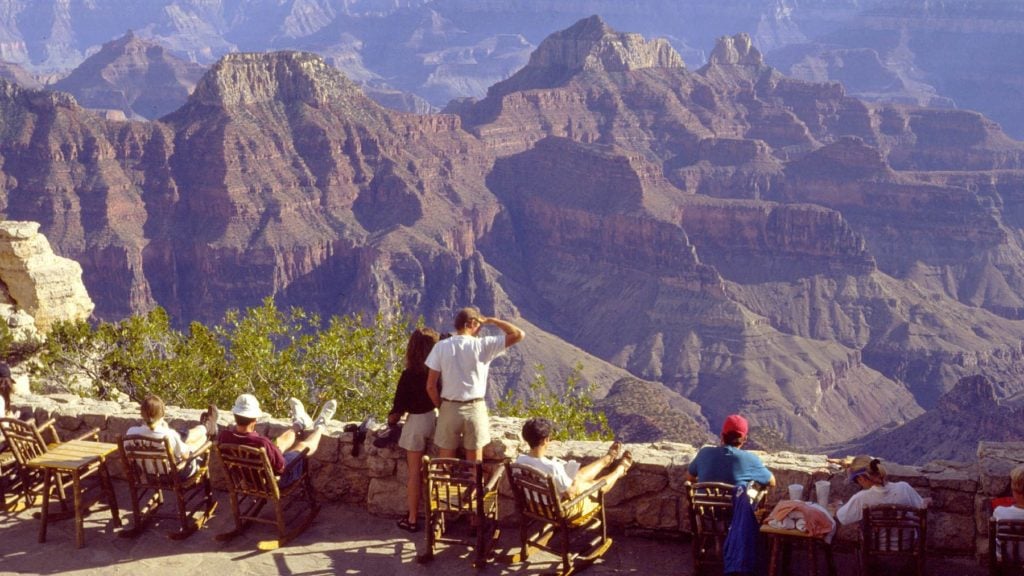
The longer but entirely worthwhile trip to the Grand Canyon’s North Rim is for those who prefer a less traveled road. North Rim facilities and lodging are usually open May 15 through October 15 each year with roads closed from December to May. For an awesome experience, start at the Grand Canyon Lodge patio, then walk the paved trail out to Bright Angel Point. The short Bright Angel Point half-mile (0.8 km) round-trip trail is steep in places, with drop-offs and stairs, but provides dramatic views into Roaring Springs and Bright Angel Canyons.
More Ways to Explore the Grand Canyon
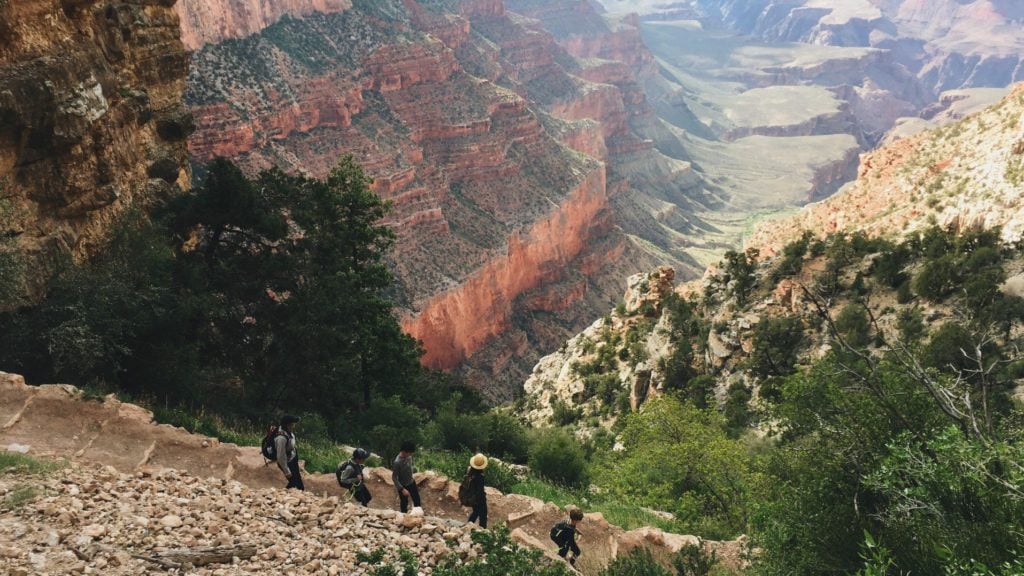
For adventurous families interested in exploring the Grand Canyon from top to bottom and inside out, there are lots of opportunities to backpack, camp, take a mule trip, or take a river trip on the Colorado River. River Trips can last anywhere from several days to three weeks. There are no one-day river trips through the length of the Grand Canyon.
More from FamilyVacationist:
- 7 Great Arizona Dude Ranches for Families
- 20 Best Family Vacation Spots in the U.S.
- 17 Best Flight Booking Sites for Cheap Airfares



